Abstract
Some of the defining characteristics of the IIG iron meteorite group are their high bulk P contents and massive, coarse schreibersite, which have been calculated to make up roughly 11–14 wt% of each specimen. In this study, we produced two datasets to investigate the formation of schreibersites in IIG irons: measurements of trace elements in the IIG iron meteorite Twannberg and experimental determinations of trace element partitioning into schreibersite. The schreibersite-bearing experiments were conducted with schreibersite in equilibrium with a P-rich melt and with bulk Ni contents ranging from 0–40 wt%. The partitioning behavior for the 20 elements measured in this study did not vary with Ni content. Comparison of the Twannberg measurements with the experimental results required a correction factor to account for the fact that the experiments were conducted in a simplified system that did not contain a solid metal phase. Previously determined solid metal/P-rich melt partition coefficients were applied to infer schreibersite/solid metal partitioning behavior from the experiments, and once this correction was applied, the two datasets showed broad similarities between the schreibersite/solid metal distribution of elements. However, there were also differences noted, in particular between the Ni and P contents of the solid metal relative to the schreibersite inferred from the experiments compared to that measured in the Twannberg sample. These differences support previous interpretations that subsolidus schreibersite evolution has strongly influenced the Ni and P content now present in the solid metal phase of IIG irons. Quantitative attempts to match the IIG solid metal composition to that of late-stage IIAB irons through subsolidus schreibersite growth were not successful, but qualitatively, this study corroborates the striking similarities between the IIAB and IIG groups, which are highly suggestive of a possible genetic link between the groups as has been previously proposed.
| Preview | Filename | Description |
|---|---|---|
|
|
tables2020-03-16.pdf |
All Tables |
|
|
table_1_twannberg_tablev2.docx |
Table1 |
|
|
table_3_weighted_averagesv3.docx |
Table 3 |
|
|
table_2_experimentsv22019-11-05.docx |
Table 2 |
|
|
table_s2_initial_composition_table.docx |
Table S2 |
|
|
table_s1_twannberg_data_comparison_tablev2.docx |
Table S1 |
|
|
table_s4_previous_data_table.docx |
Table S4 |
|
|
table_s3_feni2p_tablev3.docx |
Table S3 |
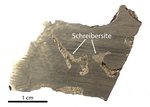
|
fig1_twannberg.tif |
Fig. 1 |
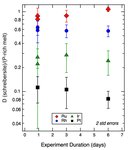
|
fig3.png |
Fig. 3 |

|
fig2.tif |
Fig. 2 |
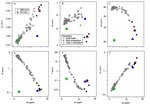
|
fig5.png |
Fig. 5 |
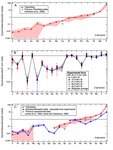
|
fig4.png |
Fig. 4 |
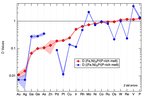
|
figs2.png |
Fig. S2 |

|
figs1_fe2p.tif |
Fig. S1 |

|
fe2p.psd |
Fig. S1 - photoshop format |

|
fe3p.psd |
Fig. 2 - photoshop format |
|
|
twannberg.psd |
Fig. 1 - photoshop format |